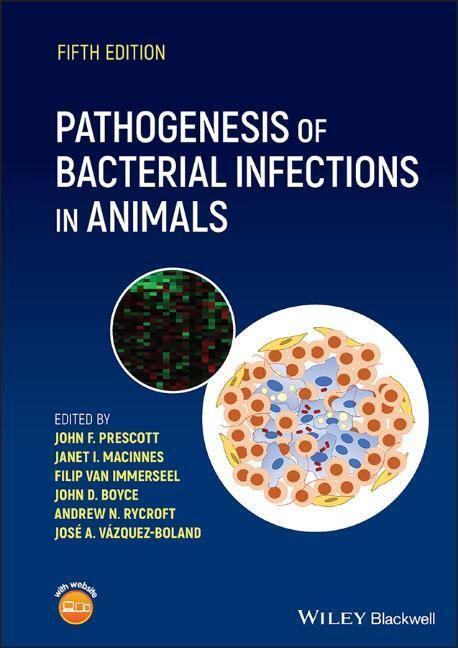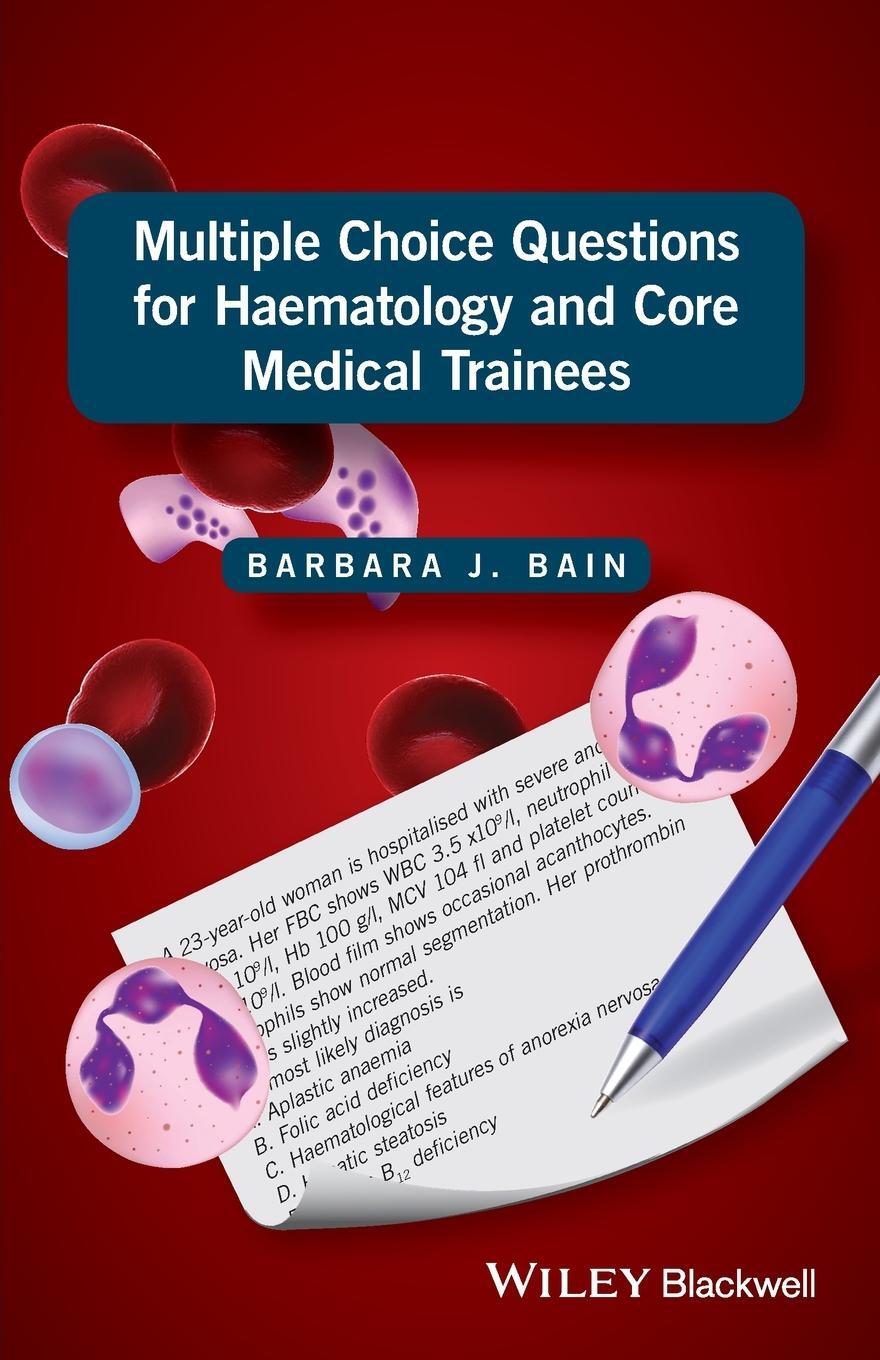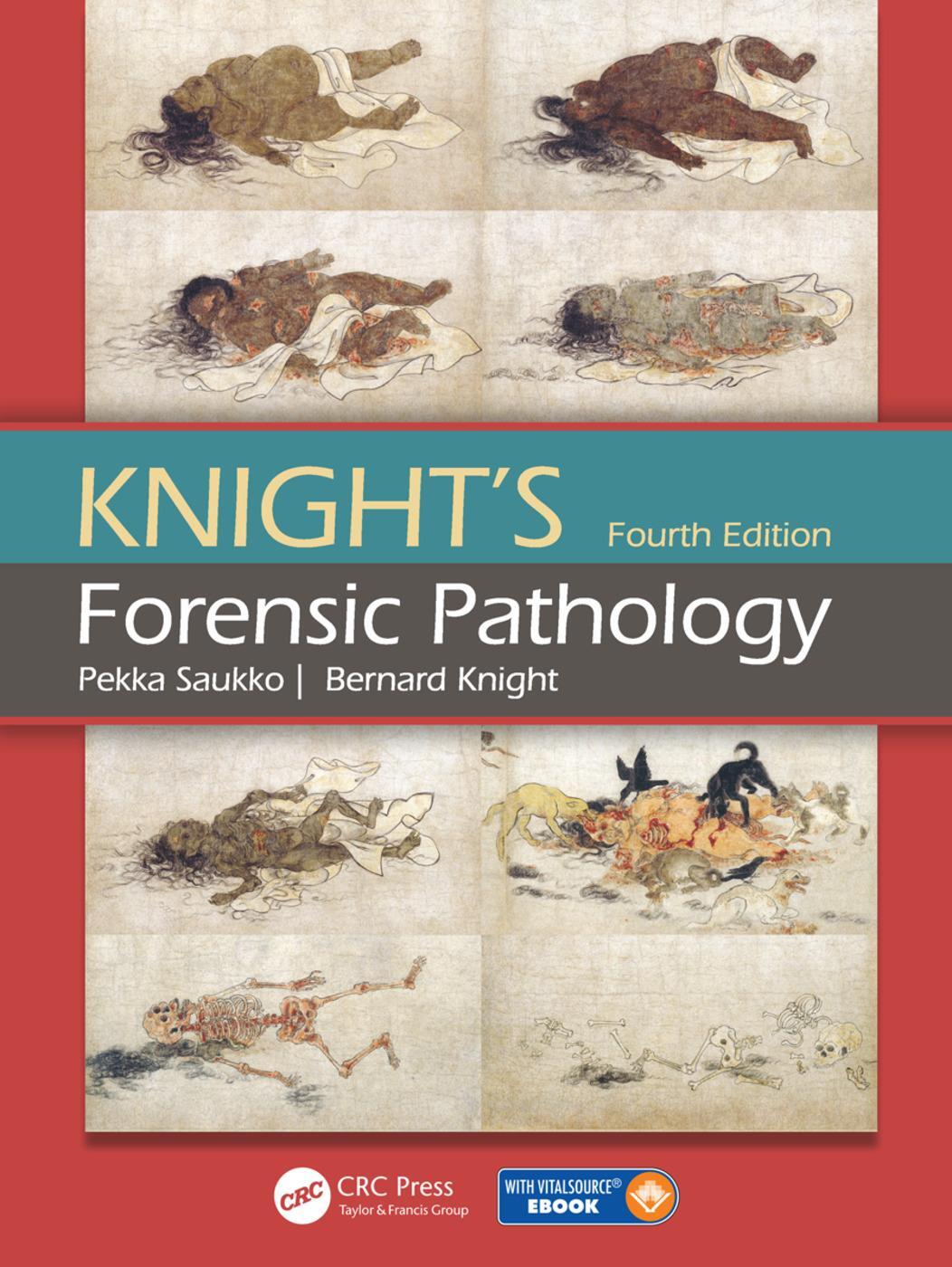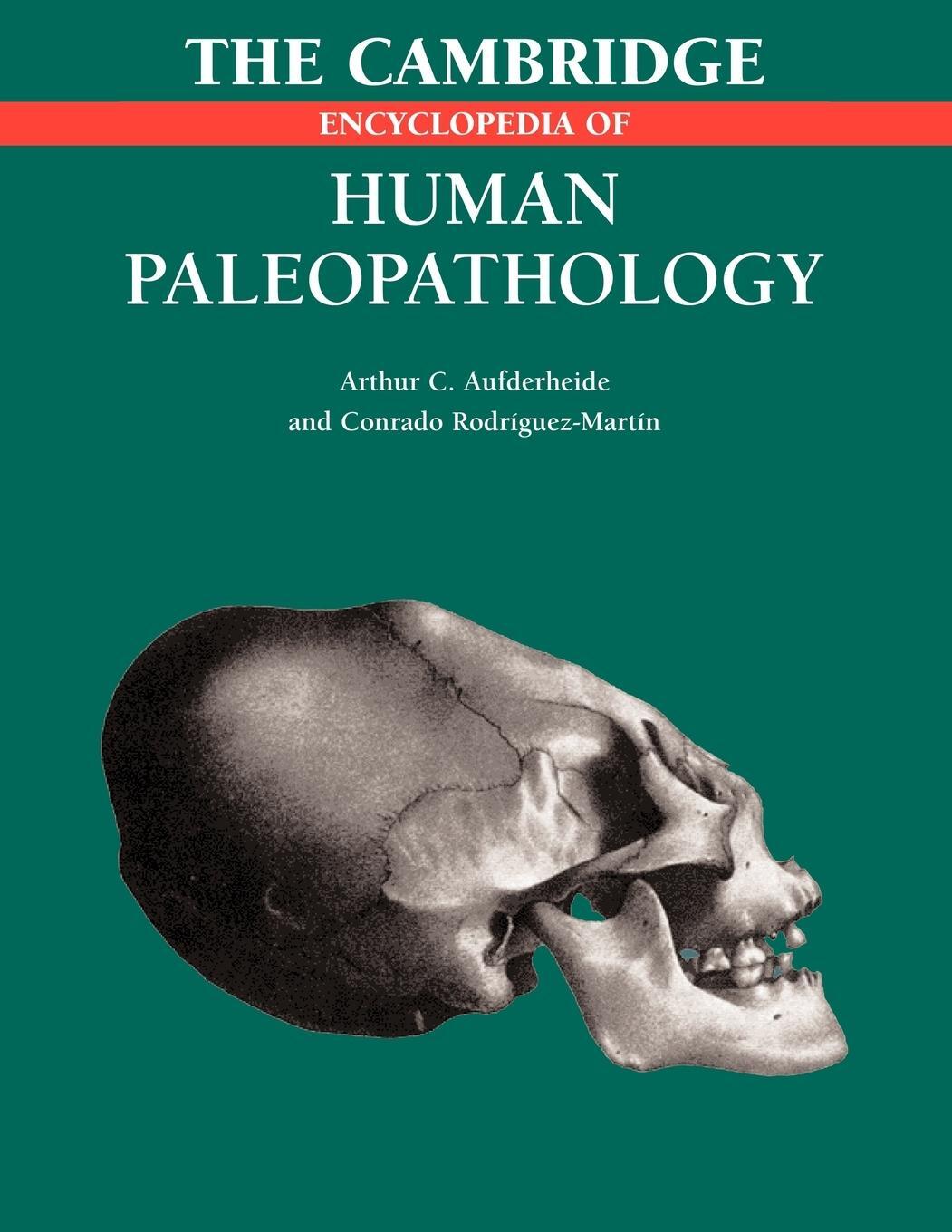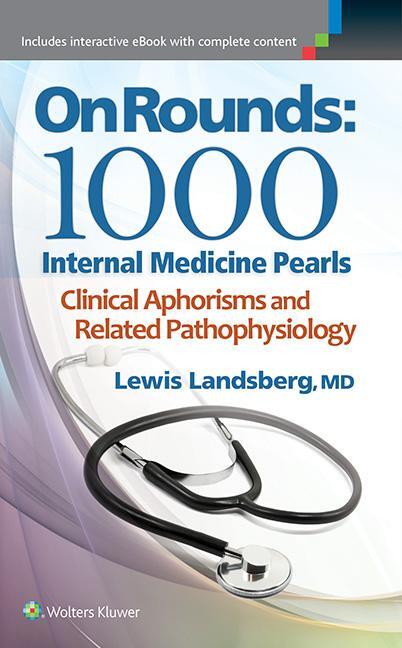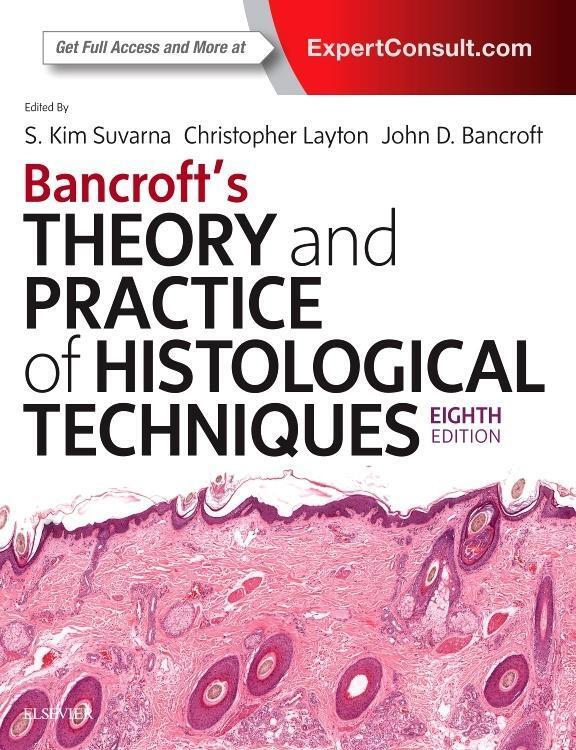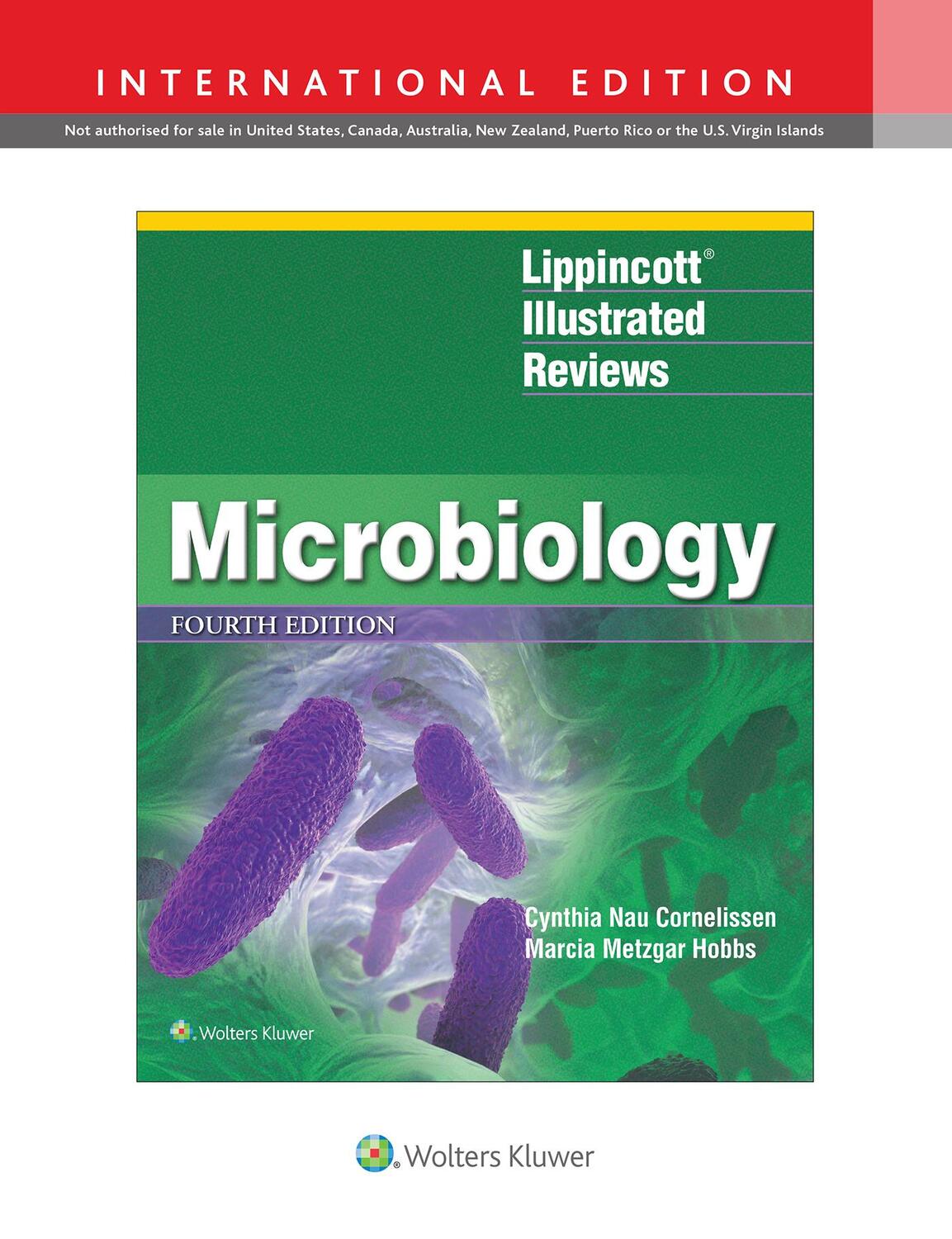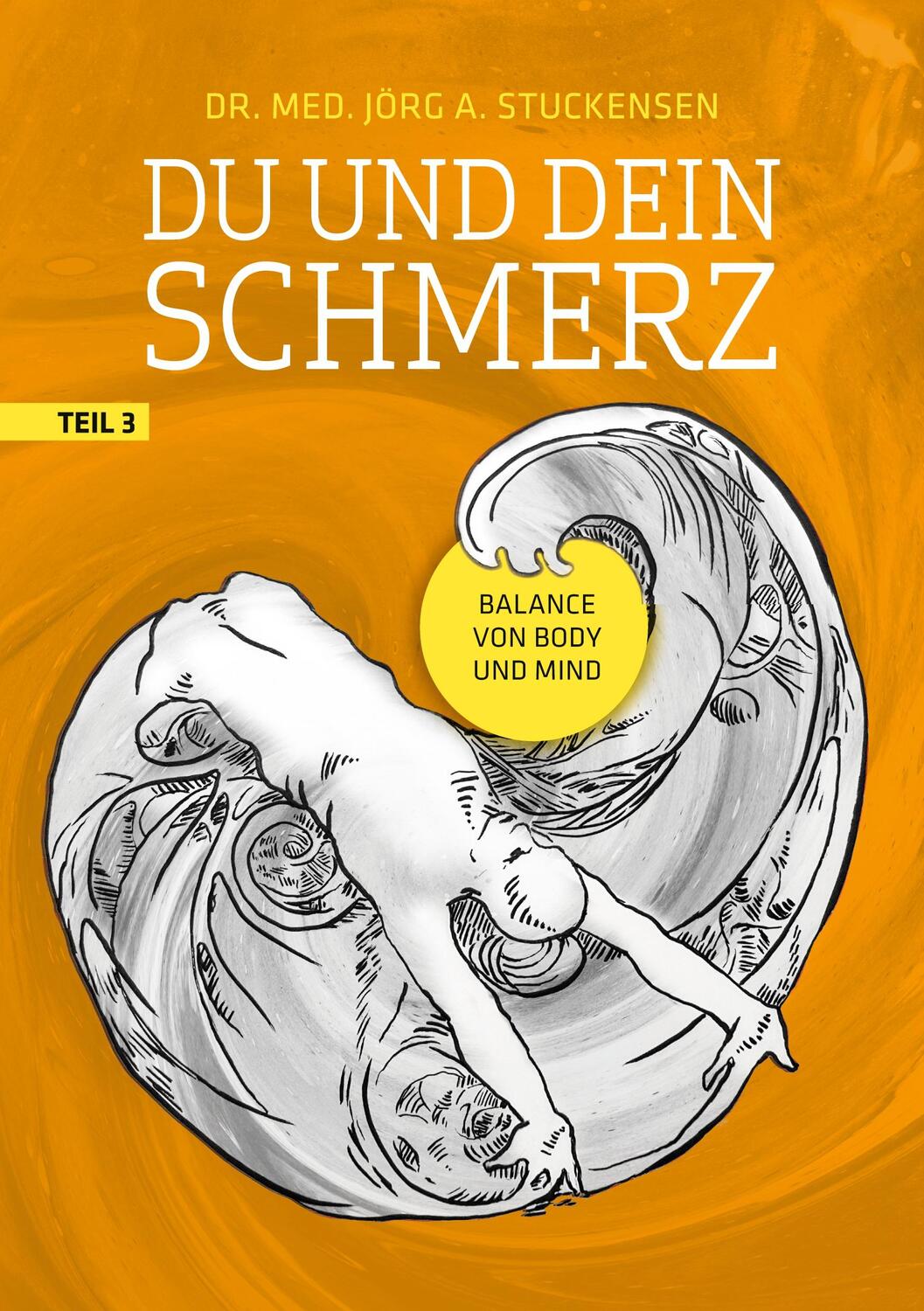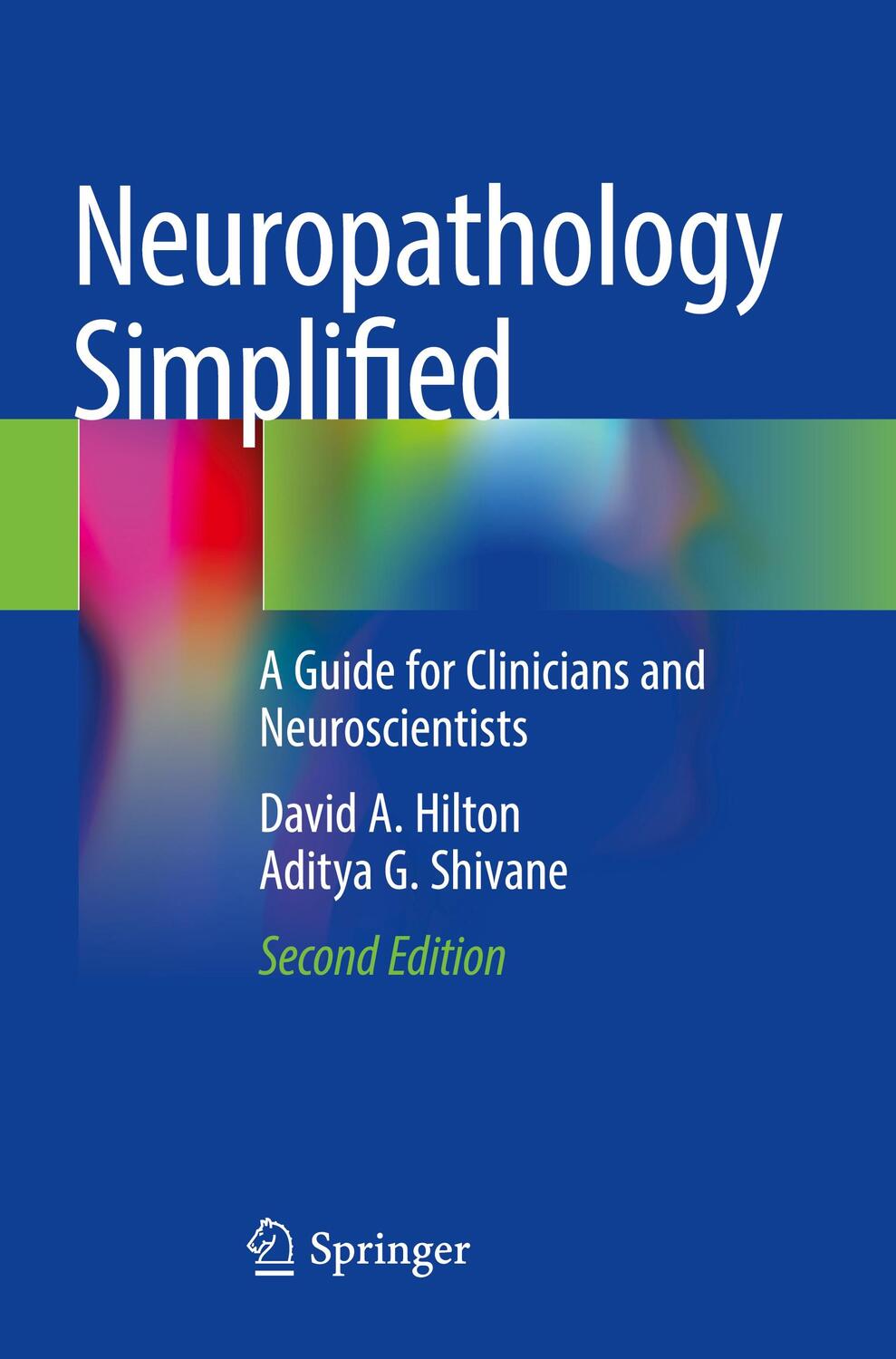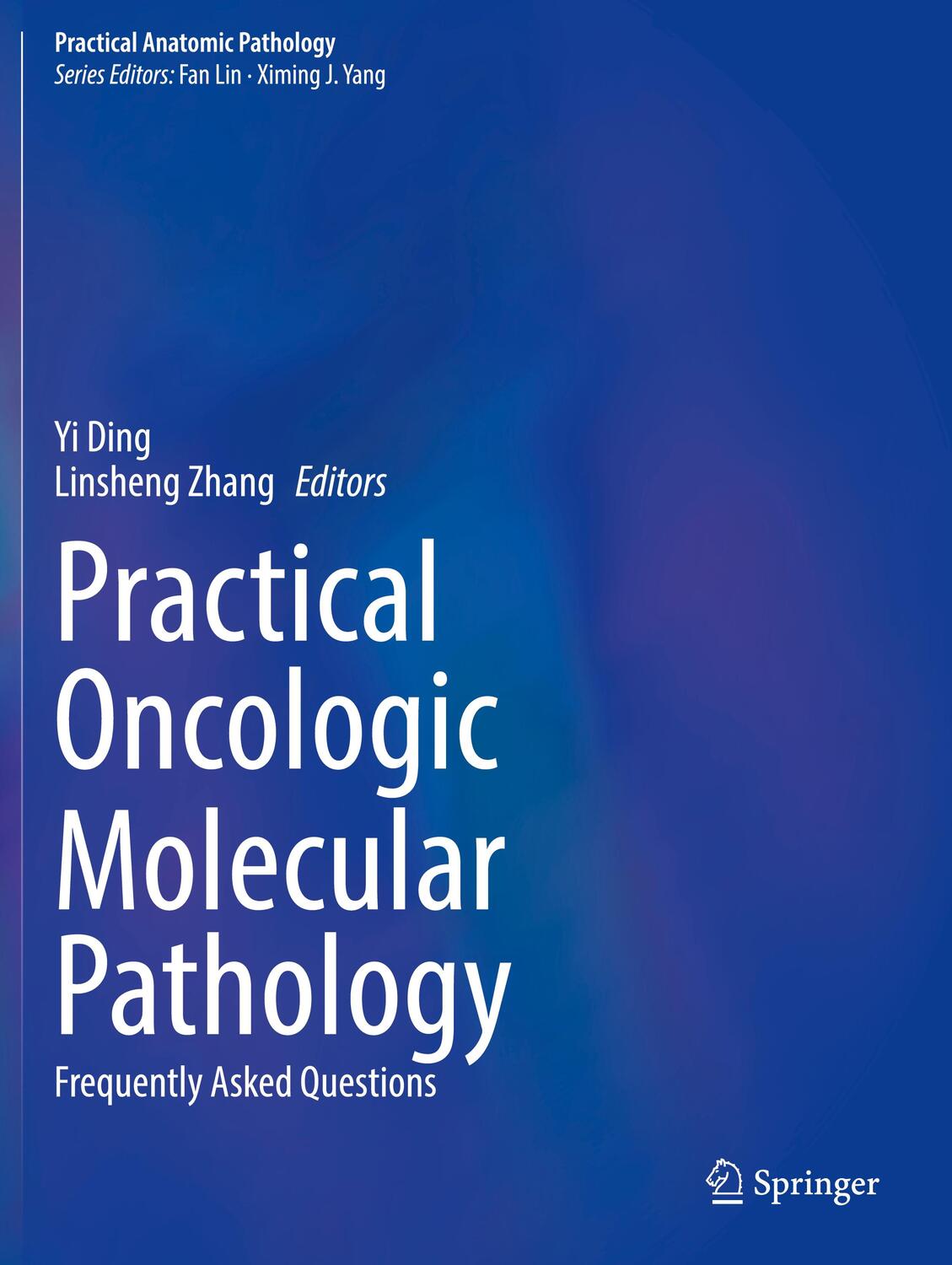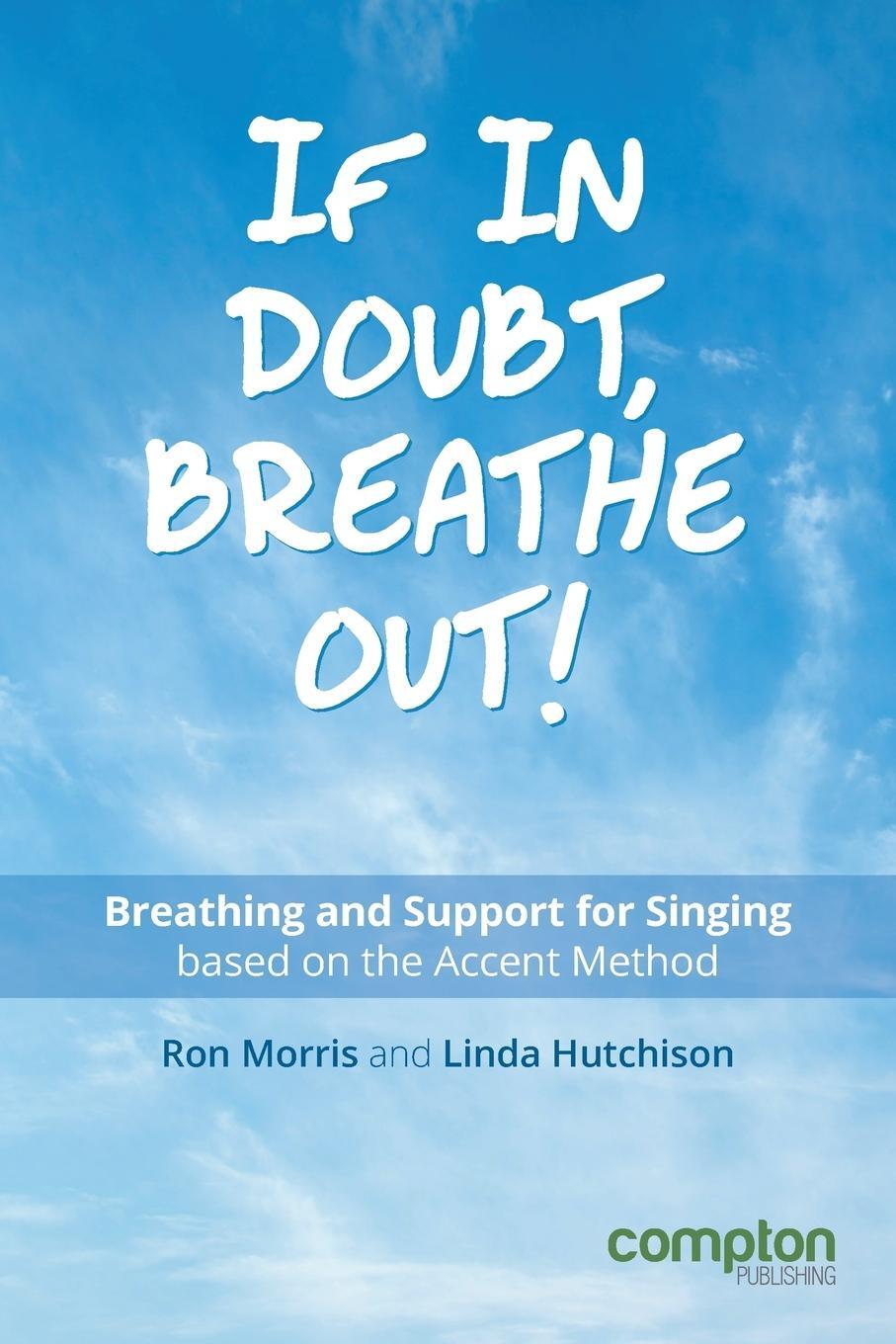250,50 €*
Versandkostenfrei per Post / DHL
Aktuell nicht verfügbar
Comprehensive review of the major bacterial pathogens of animals, focusing on the current understanding of how they cause disease
Pathogenesis of Bacterial Infections in Animals, Fifth Edition is a specialist reference that provides a comprehensive review of bacterial pathogens in animals and their complex interplay with disease processes, offering a complete understanding of how bacteria cause disease in animals. It covers the many recent advances in the field including the newest taxonomies. In this revised and long anticipated fifth edition, additional introductory chapters have been added to set the material in context, and more figures added to integrate and improve understanding and comprehension throughout the text. A companion website presents the figures from the book in PowerPoint and references.
This detailed reference includes novel approaches to controlling bacterial pathogens in the light of growing concerns about antimicrobial resistance, with more than 70 expert authors sharing their wisdom on the topic. While molecular pathogenesis is a major aspect in almost every chapter, the authors have been careful to place pathogens in their broader context.
Pathogenesis of Bacterial Infections in Animals, Fifth Edition also contains information on:
* Themes in bacterial pathogenesis, covering the basic elements of pathogenesis, concepts of virulence, host-pathogen interactions and communication, and pathogenesis in the post-genomic era
* Evolution of bacterial pathogens, covering what they are and how they emerge, along with sources of genetic diversity, population structure, and genome plasticity
* Understanding of pathogenesis through pathogenomics and bioinformatics, including how mutations generate pathogen diversity, and an overview of genome sequencing technologies
* Subversion of the immune response by bacterial pathogens, covering subversion of both innate responses and adaptive immunity
Pathogenesis of Bacterial Infections in Animals, Fifth Edition is an essential resource for graduate students in veterinary medicine and animal science, and for veterinary microbiologists, pathologists, infectious disease experts, and others interested in bacterial disease. It is the only book to cover this topic to this depth through the wealth of insight of dozens of qualified and practicing professionals.
Comprehensive review of the major bacterial pathogens of animals, focusing on the current understanding of how they cause disease
Pathogenesis of Bacterial Infections in Animals, Fifth Edition is a specialist reference that provides a comprehensive review of bacterial pathogens in animals and their complex interplay with disease processes, offering a complete understanding of how bacteria cause disease in animals. It covers the many recent advances in the field including the newest taxonomies. In this revised and long anticipated fifth edition, additional introductory chapters have been added to set the material in context, and more figures added to integrate and improve understanding and comprehension throughout the text. A companion website presents the figures from the book in PowerPoint and references.
This detailed reference includes novel approaches to controlling bacterial pathogens in the light of growing concerns about antimicrobial resistance, with more than 70 expert authors sharing their wisdom on the topic. While molecular pathogenesis is a major aspect in almost every chapter, the authors have been careful to place pathogens in their broader context.
Pathogenesis of Bacterial Infections in Animals, Fifth Edition also contains information on:
* Themes in bacterial pathogenesis, covering the basic elements of pathogenesis, concepts of virulence, host-pathogen interactions and communication, and pathogenesis in the post-genomic era
* Evolution of bacterial pathogens, covering what they are and how they emerge, along with sources of genetic diversity, population structure, and genome plasticity
* Understanding of pathogenesis through pathogenomics and bioinformatics, including how mutations generate pathogen diversity, and an overview of genome sequencing technologies
* Subversion of the immune response by bacterial pathogens, covering subversion of both innate responses and adaptive immunity
Pathogenesis of Bacterial Infections in Animals, Fifth Edition is an essential resource for graduate students in veterinary medicine and animal science, and for veterinary microbiologists, pathologists, infectious disease experts, and others interested in bacterial disease. It is the only book to cover this topic to this depth through the wealth of insight of dozens of qualified and practicing professionals.
John F. Prescott is University Professor Emeritus at the University of Guelph, in Guelph, Ontario, Canada.
Janet I. MacInnes is Professor Emerita at the University of Guelph in Guelph, Ontario, Canada.
Filip Van Immerseel is Professor at Ghent University in Merelbeke, Belgium.
John D. Boyce is Associate Professor at Monash Biomedicine Discovery Institute, Monash University, in Clayton, Victoria, Australia.
Andrew N. Rycroft is Professor at the Royal Veterinary College, in Hatfield, Hertfordshire, United Kingdom.
José A. Vázquez-Boland is Professor at the University of Edinburgh in Edinburgh, United Kingdom.
List of Contributors xvii
About the Companion Website xxv
1 Themes in Bacterial Pathogenesis 1
John F. Prescott
Introduction 1
The Basic Elements of Bacterial Pathogenesis 1
Concepts of Bacterial Virulence are Being Refined 5
Host-Pathogen Communications are Critical 9
Pathogenesis in the Post-Genomic Era 11
Gaps in Knowledge and Anticipated Directions 13
References 13
2 Evolution of Bacterial Pathogens 15
Patrick Boerlin
What are Pathogens and How Do They Emerge? 15
Bacterial Fitness and Virulence 17
Sources of Genetic Diversity, Population Structure, and Genome Plasticity 18
Pathogenicity Islands 20
Bacteriophages and Their Role in Pathogen Evolution and Virulence 22
Examples of Virulence Evolution 23
Gaps in Knowledge and Anticipated Directions 27
References 28
3 Understanding Pathogenesis Through Pathogenomics and Bioinformatics 32
Gregorio Iraola and John D. Boyce
Introduction 32
How Mutations Generate Bacterial Diversity 34
Genome Sequencing Technologies 36
Genome Assembly 38
Gene Prediction and Annotation 39
Defining Prokaryotic Species from Genomes 41
The Pangenome Concept, Reconstruction, and Comparative Analyses 41
Phylogenomics and Genome-Wide Association Studies 42
Functional Genomics for Understanding Host-Pathogen Interactions 44
Reverse Vaccinology 48
Gaps in Knowledge and Anticipated Directions 51
References 52
4 Experimental Approaches to Understanding Pathogenesis 57
Francesca L. Short and Janet I. MacInnes
Introduction 57
Testing Koch's Postulates 57
Virulence Factors and Main Steps in Pathogenesis 58
Molecular Koch's Postulates 60
Refining Animal Usage 60
Experimental Approaches for Virulence Factor Discovery and Validation 62
Approaches for Virulence Factor Discovery 63
Gene Disruption Approaches for Virulence Factor Discovery 71
Bringing It All Together: Validation and Further Characterization of Virulence Factors 73
Two Stories of Virulence Factor Discovery and Characterization: Pasteurella multocida Capsule, and Mycoplasma bovis Adhesins 74
Gaps in Knowledge and Anticipated Directions 75
References 76
5 Subversion of the Immune Response by Bacterial Pathogens 79
Douglas C. Hodgins, Raveendra R. Kulkarni, and Patricia E. Shewen
Introduction 79
Subversion of Innate Responses 80
Subversion of Adaptive Immunity 85
Manipulation of Cell Fate 88
Non-Coding RNA and Host-Pathogen Interactions 91
Epigenetic and Genetic Modulation 92
Gaps in Knowledge and Anticipated Directions 94
References 94
6 Chinks in the Armor 99
Allison C. Leonard, Celine Stoica, and Georgina Cox
Introduction 99
Virulence Factors: Pathogenesis-Based Targets to Combat Bacterial Pathogens 99
Targeting Bacterial Host Cell Adhesion and Biofilm Formation 100
Quorum Sensing Inhibition 104
Interfering with Two-Component Regulatory Systems 105
Inhibiting Bacterial Motility 106
Toxin Neutralization 107
Inhibitors of Bacterial Secretion Systems 107
Targeting Nutrient Acquisition: Starving the Pathogen 110
Antivirulence Phage Therapy 111
Bacterial Drug Efflux Pumps as Pathogenesis-Based Antibacterial Targets 112
Gaps in Knowledge and Anticipated Directions 112
References 113
7 Escherichia coli 117
John M. Fairbrother and Carlton L. Gyles
Introduction 117
Pathotypes of E. coli and Associated Disease and Pathological Changes in Animals 119
Virulence Factors of Pathogenic E. coli 126
Pathogenesis of Enterotoxigenic E. coli 141
Pathogenesis of Enteropathogenic E. coli Disease 144
Pathogenesis of Shiga Toxin-Producing E. coli Disease 146
Pathogenesis of Extraintestinal Pathogenic E. coli Infections 149
Gaps in Knowledge and Anticipated Directions 156
References 157
8 Salmonella 162
Paul A. Barrow, Michael A. Jones, Kate C. Mellor, and Nick R. Thomson
Introduction 162
Characteristics of the Organism 162
Types of Disease and Pathologic Changes 167
Salmonella Infections in Different Major Farmed Animal Species 169
Virulence Factors 174
Pathogenesis 179
Immunity to Infection and its Manipulation by Salmonella 186
Antimicrobial Resistance 190
Gaps in Knowledge and Anticipated Directions 191
References 192
9 Yersinia 200
Anne-Sophie Le Guern and Javier Pizarro-Cerdá
Introduction 200
Characteristics of the Organism 200
Pathogenic Species 200
Taxonomy 201
Major Virulence Factors of the Highly Pathogenic Yersinia 203
Yersinia pestis 205
Yersinia pseudotuberculosis and Yersinia enterocolitica 209
Yersinia ruckeri 213
Yersinia entomophaga 213
Control of Yersinia Infections 214
Gaps in Knowledge and Anticipated Directions 214
References 215
10 Pasteurella 221
Marina Harper, Thomas R. Smallman, and John D. Boyce
Introduction 221
Characteristics of the Organism 221
Source of Infection: Ecology, Evolution, and Epidemiology 223
Types of Disease and Pathologic Changes 223
Virulence Factors and Pathogenomics 225
Regulation of Virulence 233
Pathogenesis 235
Immunity 236
Control 238
Gaps in Knowledge and Anticipated Directions 239
References 239
11 Mannheimia and Bibersteinia 244
Jeff L. Caswell and Charles J. Czuprynski
Introduction 244
Characteristics of the Organism 244
Pathogenic Species 245
Source of Infection: Ecology, Evolution, and Epidemiology 245
Types of Disease and Pathologic Changes 247
Virulence Factors and Pathogenomics 249
Regulation of Virulence 250
Pathogenesis 251
Immunity 254
Control 254
Gaps in Knowledge and Anticipated Directions 255
References 256
12 Actinobacillus 262
Janine T. Bossé, Adina R. Bujold, and Lu Li
Introduction 262
Actinobacillus pleuropneumoniae 262
Actinobacillus lignieresii 277
Actinobacillus equuli 278
Actinobacillus suis 279
Gaps in Knowledge and Future Directions 281
References 283
13 Other Pasteurellaceae: Avibacterium, Bibersteinia, Gallibacterium, Glaesserella, and Histophilus 290
Anders M. Bojesen, Virginia Aragon, and Pat J. Blackall
Introduction 290
Avibacterium 290
Bibersteinia 292
Gallibacterium 295
Glaesserella parasuis 301
Histophilus 309
References 311
14 Pseudomonas 318
Erin L. Westman, Véronique L. Taylor, and Joseph S. Lam
Introduction 318
Characteristics of the Organism 318
Pathogenic Species 319
Sources of Infection: Ecology, Evolution, and Epidemiology 320
Types of Disease and Pathologic Changes 320
Virulence Factors and Pathogenomics 321
Pathogenesis 328
Immunity 330
Control, Prevention, and Treatment 331
Gaps in Knowledge and Anticipated Directions 335
References 337
15 Moraxella 344
John A. Angelos
Introduction 344
Infectious Bovine Keratoconjunctivitis 344
Pathogenesis of Moraxella bovis Infection 346
Immunity 352
Control 354
Gaps in Knowledge and Future Directions 354
References 355
16 Brucella 361
Clayton C. Caswell, Angela Arenas-Gamboa, and Jeff T. Foster
Introduction 361
Characteristics of the Organism 361
Pathogenic Species 362
Source of Infection: Ecology, Evolution, and Epidemiology 362
Types of Disease and Pathologic Changes 363
Virulence Factors 366
Regulation of Virulence 368
Pathogenomics 369
Pathogenesis 370
Immunity 370
Control 371
Gaps in Knowledge and Anticipated Directions 371
References 372
17 Bordetella 376
Colleen J. Sedney, Tracy L. Nicholson, and Eric T. Harvill
Introduction 376
Characteristics of the Organisms 376
Pathogenic Species 377
Source of Infection: Ecology and Epidemiology 379
Types of Disease and Pathologic Changes 380
Virulence Factors 380
Regulation of Virulence 385
Pathogenesis 385
Immunity 385
Control 387
Gaps in Knowledge and Anticipated Directions 389
References 389
18 Campylobacter 393
Zuowei Wu, Orhan Sahin, and Qijing Zhang
Introduction 393
Diseases, Etiology, and Ecology 394
Clinical Observations and Pathologic Changes 397
Pathogenesis and Virulence Factors 398
Pathogenomics and Evolution 402
Immunity 405
Control 406
Gaps in Knowledge and Future Directions 407
References 408
19 Helicobacter 413
Chloë De Witte, Helena Berlamont, and Freddy Haesebrouck
Introduction 413
Gastric Helicobacters 413
Enterohepatic Helicobacters 425
Gaps in Knowledge and Future Directions 426
References 427
20 Chlamydia and Coxiella 433
Martina Jelocnik, Wilhelmina M. Huston, and Hayley J. Newton
Introduction 433
Chlamydiae 433
Characteristics of the Organism 433
Source of Infection: Ecology, Evolution and Epidemiology 436
Types of Disease and Pathologic Changes 436
Pathogenesis 442
Immunity and Control 442
Gaps in Knowledge and Anticipated Directions 443
Coxiella burnetii 443
Characteristics of the Organism 444
Source of Infection: Ecology, Evolution and Epidemiology 445
Types of Disease and Pathologic Changes 445
Virulence Factors and Pathogenomics 447
Immunity and Control 448
Gaps in Knowledge and Anticipated Directions 449
References 449
21 Rickettsiales 456
Jere W. McBride, Roman R. Ganta, and David H. Walker
Introduction 456
Family Anaplasmataceae 457
Anaplasma Species 457
Ehrlichia Species 463
Neorickettsia Species 474
Family Rickettsiaceae 476
Rickettsia Species 476
References 480
22 Lawsonia intracellularis 486
Roberto M. C. Guedes, Fabio A. Vannucci, and Connie J. Gebhart
Introduction 486
Characteristics of the Organism 486
Sources of Infection: Ecology and Epidemiology 489
Types of Disease and Pathologic Changes 490
Virulence Factors and Pathogenomics 491
Pathogenesis 492
Immunity 496
Control 497
Gaps in Knowledge and Anticipated Directions 497
References 498
23 Leptospira 502
Cyrille Goarant, Ben Adler, and Alejandro de la Peña Moctezuma
Introduction 502
Characteristics of the Organism 502
Leptospira Species 505
Source of Infection: Ecology, Evolution, and Epidemiology 505
Clinical Presentation and Signs 511
Virulence Factors and Pathogenomics 511
Regulation of Virulence 514
Pathogenesis 514
Immunity 516
Control 518
Gaps in Knowledge and Anticipated Directions 518
References 519
24 Brachyspira 528
Joseph E. Rubin and Judith Rohde
Introduction 528
Characteristics of the Organism 528
Pathogenic...
| Erscheinungsjahr: | 2022 |
|---|---|
| Fachbereich: | Tiermedizin |
| Genre: | Medizin |
| Rubrik: | Wissenschaften |
| Medium: | Buch |
| Seiten: | 816 |
| Inhalt: | 816 S. |
| ISBN-13: | 9781119754794 |
| ISBN-10: | 1119754798 |
| Sprache: | Englisch |
| Einband: | Gebunden |
| Redaktion: |
Prescott, John F
MacInnes, Janet I Immerseel, Filip van Boyce, John D Rycroft, Andrew N Vázquez-Boland, José A |
| Herausgeber: | John F Prescott/Janet I MacInnes/Filip Van Immerseel et al |
| Auflage: | 5th edition |
| Hersteller: | Wiley |
| Maße: | 257 x 183 x 43 mm |
| Von/Mit: | John F Prescott (u. a.) |
| Erscheinungsdatum: | 21.09.2022 |
| Gewicht: | 1,828 kg |
John F. Prescott is University Professor Emeritus at the University of Guelph, in Guelph, Ontario, Canada.
Janet I. MacInnes is Professor Emerita at the University of Guelph in Guelph, Ontario, Canada.
Filip Van Immerseel is Professor at Ghent University in Merelbeke, Belgium.
John D. Boyce is Associate Professor at Monash Biomedicine Discovery Institute, Monash University, in Clayton, Victoria, Australia.
Andrew N. Rycroft is Professor at the Royal Veterinary College, in Hatfield, Hertfordshire, United Kingdom.
José A. Vázquez-Boland is Professor at the University of Edinburgh in Edinburgh, United Kingdom.
List of Contributors xvii
About the Companion Website xxv
1 Themes in Bacterial Pathogenesis 1
John F. Prescott
Introduction 1
The Basic Elements of Bacterial Pathogenesis 1
Concepts of Bacterial Virulence are Being Refined 5
Host-Pathogen Communications are Critical 9
Pathogenesis in the Post-Genomic Era 11
Gaps in Knowledge and Anticipated Directions 13
References 13
2 Evolution of Bacterial Pathogens 15
Patrick Boerlin
What are Pathogens and How Do They Emerge? 15
Bacterial Fitness and Virulence 17
Sources of Genetic Diversity, Population Structure, and Genome Plasticity 18
Pathogenicity Islands 20
Bacteriophages and Their Role in Pathogen Evolution and Virulence 22
Examples of Virulence Evolution 23
Gaps in Knowledge and Anticipated Directions 27
References 28
3 Understanding Pathogenesis Through Pathogenomics and Bioinformatics 32
Gregorio Iraola and John D. Boyce
Introduction 32
How Mutations Generate Bacterial Diversity 34
Genome Sequencing Technologies 36
Genome Assembly 38
Gene Prediction and Annotation 39
Defining Prokaryotic Species from Genomes 41
The Pangenome Concept, Reconstruction, and Comparative Analyses 41
Phylogenomics and Genome-Wide Association Studies 42
Functional Genomics for Understanding Host-Pathogen Interactions 44
Reverse Vaccinology 48
Gaps in Knowledge and Anticipated Directions 51
References 52
4 Experimental Approaches to Understanding Pathogenesis 57
Francesca L. Short and Janet I. MacInnes
Introduction 57
Testing Koch's Postulates 57
Virulence Factors and Main Steps in Pathogenesis 58
Molecular Koch's Postulates 60
Refining Animal Usage 60
Experimental Approaches for Virulence Factor Discovery and Validation 62
Approaches for Virulence Factor Discovery 63
Gene Disruption Approaches for Virulence Factor Discovery 71
Bringing It All Together: Validation and Further Characterization of Virulence Factors 73
Two Stories of Virulence Factor Discovery and Characterization: Pasteurella multocida Capsule, and Mycoplasma bovis Adhesins 74
Gaps in Knowledge and Anticipated Directions 75
References 76
5 Subversion of the Immune Response by Bacterial Pathogens 79
Douglas C. Hodgins, Raveendra R. Kulkarni, and Patricia E. Shewen
Introduction 79
Subversion of Innate Responses 80
Subversion of Adaptive Immunity 85
Manipulation of Cell Fate 88
Non-Coding RNA and Host-Pathogen Interactions 91
Epigenetic and Genetic Modulation 92
Gaps in Knowledge and Anticipated Directions 94
References 94
6 Chinks in the Armor 99
Allison C. Leonard, Celine Stoica, and Georgina Cox
Introduction 99
Virulence Factors: Pathogenesis-Based Targets to Combat Bacterial Pathogens 99
Targeting Bacterial Host Cell Adhesion and Biofilm Formation 100
Quorum Sensing Inhibition 104
Interfering with Two-Component Regulatory Systems 105
Inhibiting Bacterial Motility 106
Toxin Neutralization 107
Inhibitors of Bacterial Secretion Systems 107
Targeting Nutrient Acquisition: Starving the Pathogen 110
Antivirulence Phage Therapy 111
Bacterial Drug Efflux Pumps as Pathogenesis-Based Antibacterial Targets 112
Gaps in Knowledge and Anticipated Directions 112
References 113
7 Escherichia coli 117
John M. Fairbrother and Carlton L. Gyles
Introduction 117
Pathotypes of E. coli and Associated Disease and Pathological Changes in Animals 119
Virulence Factors of Pathogenic E. coli 126
Pathogenesis of Enterotoxigenic E. coli 141
Pathogenesis of Enteropathogenic E. coli Disease 144
Pathogenesis of Shiga Toxin-Producing E. coli Disease 146
Pathogenesis of Extraintestinal Pathogenic E. coli Infections 149
Gaps in Knowledge and Anticipated Directions 156
References 157
8 Salmonella 162
Paul A. Barrow, Michael A. Jones, Kate C. Mellor, and Nick R. Thomson
Introduction 162
Characteristics of the Organism 162
Types of Disease and Pathologic Changes 167
Salmonella Infections in Different Major Farmed Animal Species 169
Virulence Factors 174
Pathogenesis 179
Immunity to Infection and its Manipulation by Salmonella 186
Antimicrobial Resistance 190
Gaps in Knowledge and Anticipated Directions 191
References 192
9 Yersinia 200
Anne-Sophie Le Guern and Javier Pizarro-Cerdá
Introduction 200
Characteristics of the Organism 200
Pathogenic Species 200
Taxonomy 201
Major Virulence Factors of the Highly Pathogenic Yersinia 203
Yersinia pestis 205
Yersinia pseudotuberculosis and Yersinia enterocolitica 209
Yersinia ruckeri 213
Yersinia entomophaga 213
Control of Yersinia Infections 214
Gaps in Knowledge and Anticipated Directions 214
References 215
10 Pasteurella 221
Marina Harper, Thomas R. Smallman, and John D. Boyce
Introduction 221
Characteristics of the Organism 221
Source of Infection: Ecology, Evolution, and Epidemiology 223
Types of Disease and Pathologic Changes 223
Virulence Factors and Pathogenomics 225
Regulation of Virulence 233
Pathogenesis 235
Immunity 236
Control 238
Gaps in Knowledge and Anticipated Directions 239
References 239
11 Mannheimia and Bibersteinia 244
Jeff L. Caswell and Charles J. Czuprynski
Introduction 244
Characteristics of the Organism 244
Pathogenic Species 245
Source of Infection: Ecology, Evolution, and Epidemiology 245
Types of Disease and Pathologic Changes 247
Virulence Factors and Pathogenomics 249
Regulation of Virulence 250
Pathogenesis 251
Immunity 254
Control 254
Gaps in Knowledge and Anticipated Directions 255
References 256
12 Actinobacillus 262
Janine T. Bossé, Adina R. Bujold, and Lu Li
Introduction 262
Actinobacillus pleuropneumoniae 262
Actinobacillus lignieresii 277
Actinobacillus equuli 278
Actinobacillus suis 279
Gaps in Knowledge and Future Directions 281
References 283
13 Other Pasteurellaceae: Avibacterium, Bibersteinia, Gallibacterium, Glaesserella, and Histophilus 290
Anders M. Bojesen, Virginia Aragon, and Pat J. Blackall
Introduction 290
Avibacterium 290
Bibersteinia 292
Gallibacterium 295
Glaesserella parasuis 301
Histophilus 309
References 311
14 Pseudomonas 318
Erin L. Westman, Véronique L. Taylor, and Joseph S. Lam
Introduction 318
Characteristics of the Organism 318
Pathogenic Species 319
Sources of Infection: Ecology, Evolution, and Epidemiology 320
Types of Disease and Pathologic Changes 320
Virulence Factors and Pathogenomics 321
Pathogenesis 328
Immunity 330
Control, Prevention, and Treatment 331
Gaps in Knowledge and Anticipated Directions 335
References 337
15 Moraxella 344
John A. Angelos
Introduction 344
Infectious Bovine Keratoconjunctivitis 344
Pathogenesis of Moraxella bovis Infection 346
Immunity 352
Control 354
Gaps in Knowledge and Future Directions 354
References 355
16 Brucella 361
Clayton C. Caswell, Angela Arenas-Gamboa, and Jeff T. Foster
Introduction 361
Characteristics of the Organism 361
Pathogenic Species 362
Source of Infection: Ecology, Evolution, and Epidemiology 362
Types of Disease and Pathologic Changes 363
Virulence Factors 366
Regulation of Virulence 368
Pathogenomics 369
Pathogenesis 370
Immunity 370
Control 371
Gaps in Knowledge and Anticipated Directions 371
References 372
17 Bordetella 376
Colleen J. Sedney, Tracy L. Nicholson, and Eric T. Harvill
Introduction 376
Characteristics of the Organisms 376
Pathogenic Species 377
Source of Infection: Ecology and Epidemiology 379
Types of Disease and Pathologic Changes 380
Virulence Factors 380
Regulation of Virulence 385
Pathogenesis 385
Immunity 385
Control 387
Gaps in Knowledge and Anticipated Directions 389
References 389
18 Campylobacter 393
Zuowei Wu, Orhan Sahin, and Qijing Zhang
Introduction 393
Diseases, Etiology, and Ecology 394
Clinical Observations and Pathologic Changes 397
Pathogenesis and Virulence Factors 398
Pathogenomics and Evolution 402
Immunity 405
Control 406
Gaps in Knowledge and Future Directions 407
References 408
19 Helicobacter 413
Chloë De Witte, Helena Berlamont, and Freddy Haesebrouck
Introduction 413
Gastric Helicobacters 413
Enterohepatic Helicobacters 425
Gaps in Knowledge and Future Directions 426
References 427
20 Chlamydia and Coxiella 433
Martina Jelocnik, Wilhelmina M. Huston, and Hayley J. Newton
Introduction 433
Chlamydiae 433
Characteristics of the Organism 433
Source of Infection: Ecology, Evolution and Epidemiology 436
Types of Disease and Pathologic Changes 436
Pathogenesis 442
Immunity and Control 442
Gaps in Knowledge and Anticipated Directions 443
Coxiella burnetii 443
Characteristics of the Organism 444
Source of Infection: Ecology, Evolution and Epidemiology 445
Types of Disease and Pathologic Changes 445
Virulence Factors and Pathogenomics 447
Immunity and Control 448
Gaps in Knowledge and Anticipated Directions 449
References 449
21 Rickettsiales 456
Jere W. McBride, Roman R. Ganta, and David H. Walker
Introduction 456
Family Anaplasmataceae 457
Anaplasma Species 457
Ehrlichia Species 463
Neorickettsia Species 474
Family Rickettsiaceae 476
Rickettsia Species 476
References 480
22 Lawsonia intracellularis 486
Roberto M. C. Guedes, Fabio A. Vannucci, and Connie J. Gebhart
Introduction 486
Characteristics of the Organism 486
Sources of Infection: Ecology and Epidemiology 489
Types of Disease and Pathologic Changes 490
Virulence Factors and Pathogenomics 491
Pathogenesis 492
Immunity 496
Control 497
Gaps in Knowledge and Anticipated Directions 497
References 498
23 Leptospira 502
Cyrille Goarant, Ben Adler, and Alejandro de la Peña Moctezuma
Introduction 502
Characteristics of the Organism 502
Leptospira Species 505
Source of Infection: Ecology, Evolution, and Epidemiology 505
Clinical Presentation and Signs 511
Virulence Factors and Pathogenomics 511
Regulation of Virulence 514
Pathogenesis 514
Immunity 516
Control 518
Gaps in Knowledge and Anticipated Directions 518
References 519
24 Brachyspira 528
Joseph E. Rubin and Judith Rohde
Introduction 528
Characteristics of the Organism 528
Pathogenic...
| Erscheinungsjahr: | 2022 |
|---|---|
| Fachbereich: | Tiermedizin |
| Genre: | Medizin |
| Rubrik: | Wissenschaften |
| Medium: | Buch |
| Seiten: | 816 |
| Inhalt: | 816 S. |
| ISBN-13: | 9781119754794 |
| ISBN-10: | 1119754798 |
| Sprache: | Englisch |
| Einband: | Gebunden |
| Redaktion: |
Prescott, John F
MacInnes, Janet I Immerseel, Filip van Boyce, John D Rycroft, Andrew N Vázquez-Boland, José A |
| Herausgeber: | John F Prescott/Janet I MacInnes/Filip Van Immerseel et al |
| Auflage: | 5th edition |
| Hersteller: | Wiley |
| Maße: | 257 x 183 x 43 mm |
| Von/Mit: | John F Prescott (u. a.) |
| Erscheinungsdatum: | 21.09.2022 |
| Gewicht: | 1,828 kg |

